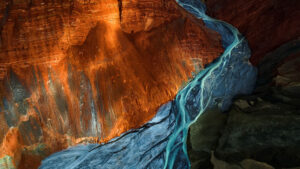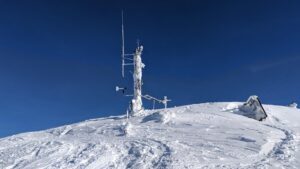Ventures into glacier mass balance process-understanding
Details
Full Title
Ventures into glacier mass balance process-understanding
Suggested by
Zarka Mukhtar, Patrik Schmitt, Niklas Richter, Lilian Schuster, Annelies Voordendag
The respective workshop calls for contributions regarding ...
- Observations and modeling of different processes regarding the glacier mass balance
- Projections of mass balance change up to the impact on glacier runoff
- Sensitivity study of different processes on the mass balance
Keywords
Glacier mass balance, energy balance, albedo, debris cover, observations, modeling
Type
Workshop
Description
Glacier recession is widely recognized as an indicator of climate change as it represents a direct response to the changing atmospheric conditions. The mass balance of a glacier is a manifestation of the surface energy balance and an predictor of the future behavior of the world’s glaciers. Therefore, knowledge on the changing mass balance is crucial to understand and project future glacier evolution and the impact on downstream hydrological networks. These projections require a robust model foundation and process understanding, which is often hampered by the sparseness of in situ glacier observations or heavily biased towards lower-elevation ablation areas due to difficult access to high elevation regions. To gain more insight on the process interplay at the local to regional scale, the few existing in-situ measurements are regularly extended by novel observation efforts on site as well as via remotely-obtained information. This session strives to bring together people working with different kinds of observations and models, aiming to improve the understanding of glacier mass- and energy balance and their future behavior up to the resulting runoff.
Format
The session will start with a short presentation round where participants present their applied data and model (time frame depends on number of participants). The presentations are followed by an open discussion, with possible questions to address:
- What are the most important processes determining the glacier mass balance not considered on the local to global scale? What are the implications and how are we able to quantify / overcome this?
- What options are available to calibrate glacier mass balance models with local-scale process-oriented observational data as well as different remote sensing observations?
- How can we solve difficulties of modelers to use new generated mass balance data (e.g., concerning data access, documentation, uncertainty assessments, spatial-temporal availability, generalization of process oriented observation data)?


